Whether you're batch-cooking homemade purees or managing opened jars, using the proper baby food storage techniques can save you time, reduce waste, and give you peace of mind about your little one's meals this summer.
Best Practices for Baby Food Storage
Storing Store-Bought Baby Food
-
Before opening:
- Keep sealed jars, pouches, and containers in a cool, dry pantry.
- Check expiration dates before serving.
- Shelf-stable for 1–2 years when unopened.
-
After opening:
- Fruits and vegetables: Store in the refrigerator for 48–72 hours.
- Meats, poultry, fish: Use within 24 hours.
Storing Homemade Baby Food
-
Refrigerator:
- Use within 24–48 hours of preparation.
-
Freezer:
- Store for up to 2 months for all types.
- Use airtight, BPA-free containers or silicone trays.
🧊 Refrigerator Temperature Tip: Keep your fridge at ≤ 40°F (4°C) to slow bacterial growth.
How to Freeze Baby Food the Right Way
Safe Freezing Methods
- Use sterilized ice cube trays or silicone molds.
- Spoon purees into compartments, cover with plastic wrap or lids.
- Once frozen solid, transfer cubes to labeled freezer bags.
- Label with food type and date of preparation.
- Store:
- Fruits & veggies: Up to 8 months
- Homemade meat/poultry/fish: 1–2 months
⚠️ Avoid glass containers. Freezing in glass may cause shattering or microfractures.
How to Reheat and Thaw Baby Food Safely
Microwave Method
- Never use plastic containers or pouches for heating.
- Transfer food to a glass bowl, cover loosely.
- Use 50% power in 15-second intervals.
- Stir thoroughly and test temperature before serving.
Stovetop Method
- Use a small saucepan on low heat.
- Stir regularly to ensure even heating.
- Do not overheat to preserve nutrients.
Submersion (Warm Water Bath)
- Place frozen cubes in a sealed plastic bag.
- Submerge in warm water for 10–20 minutes.
- Useful for small portions and even thawing.
Refrigerator Thawing
- Transfer frozen food to fridge 8–12 hours before use.
- Use thawed food within 48 hours.
- Store in sealed containers, not open bowls.
Never thaw on the countertop. This encourages bacterial growth.
Feeding Hygiene: Avoiding Cross-Contamination
-
Do not feed directly from jars or pouches if you plan to store leftovers.
- Instead, spoon a portion into a separate bowl.
- Leftovers from direct feeding must be discarded immediately.
- Always wash hands, utensils, and high chairs before and after feedings.
- Disinfect reusable containers and tools regularly.
Using Breastmilk or Formula in Purees
- Fresh breastmilk or prepared formula can be mixed into purees.
- Do not freeze formula alone or in large quantities.
- You can freeze breastmilk when blended into food, but avoid re-freezing.
- Leftovers with added milk or formula should not be reheated.
⚠️ Only mix milk right before freezing. Do not mix milk that has already been previously thawed or reheated.
🗑️ When to Discard Baby Food
Keyword Focus: baby food safety, baby food shelf life
| Type | Storage Duration | Discard If… |
|---|---|---|
| Opened store-bought fruits | 48–72 hours (fridge) | Signs of spoilage, unusual smell |
| Opened store-bought meats | 24 hours (fridge) | More than 24 hrs old |
| Homemade food (fridge) | 24–48 hours | Any mold, color change |
| Homemade or any food (freezer) | 1–2 months (meats), 6–8 months (veggies) | Freezer burn, strange odor after thawing |
| Reheated leftovers | Immediate use only | Any leftovers after reheating must be tossed |
Deep Freezer vs. Regular Freezer
- Deep freezers maintain more stable temperatures, ideal for long-term storage.
- Regular freezers attached to fridges fluctuate in temperature from frequent door openings.
- For parents bulk-preparing food, a deep freezer is the superior option for keeping nutrients intact and minimizing spoilage.
Sanitation & Storage Essentials
Recommended Tools
- BPA-free silicone trays or freezer-safe containers
- Marker or labels for dating frozen cubes
- Glass jars for serving (not freezing)
- Dedicated baby food storage bins in fridge or freezer
Cleaning Guidelines
- Sanitize containers, utensils, and trays after each use.
- Dishwasher-safe items should be run on a hot/sanitizing cycle.
- Avoid cloth storage items which can retain moisture and grow mold.
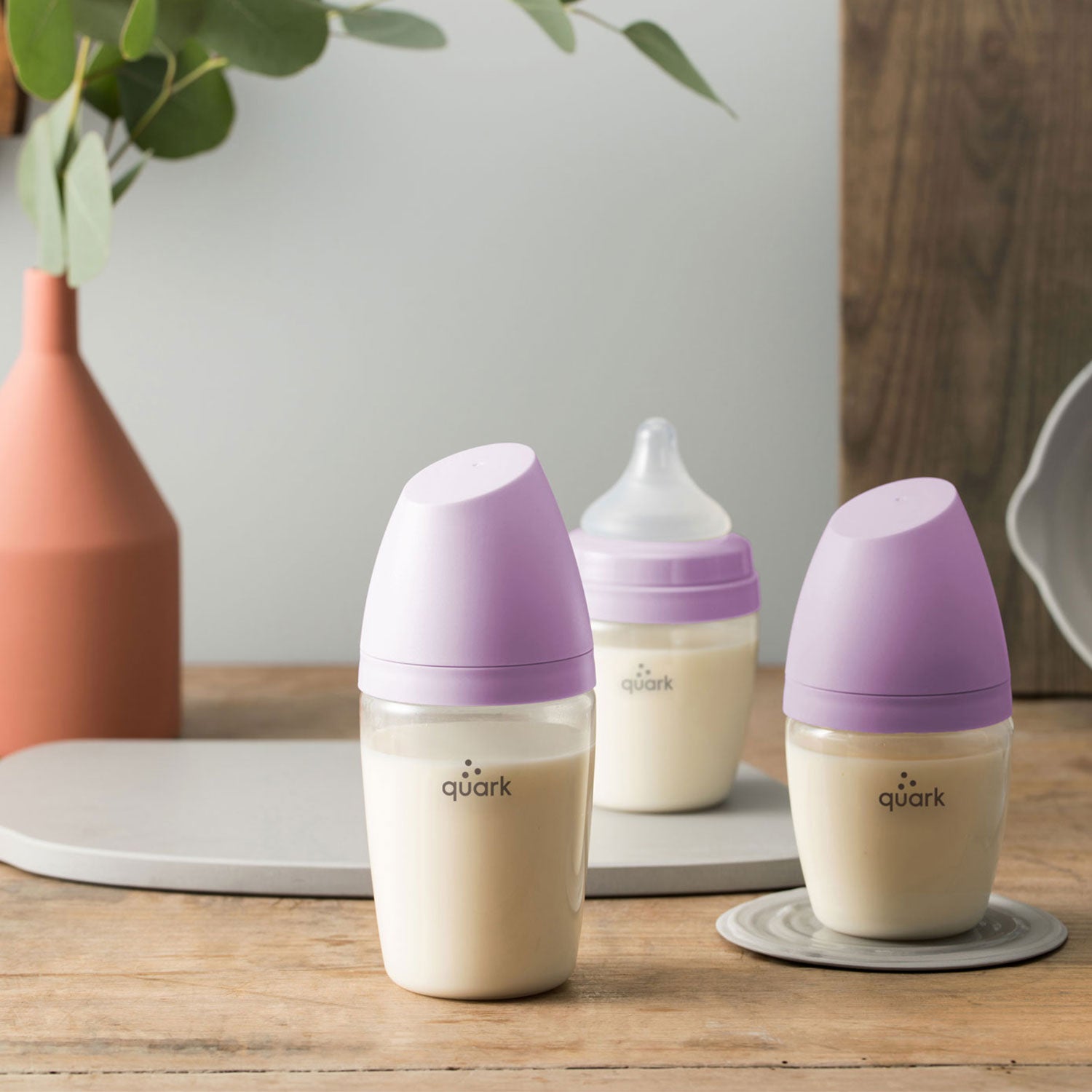
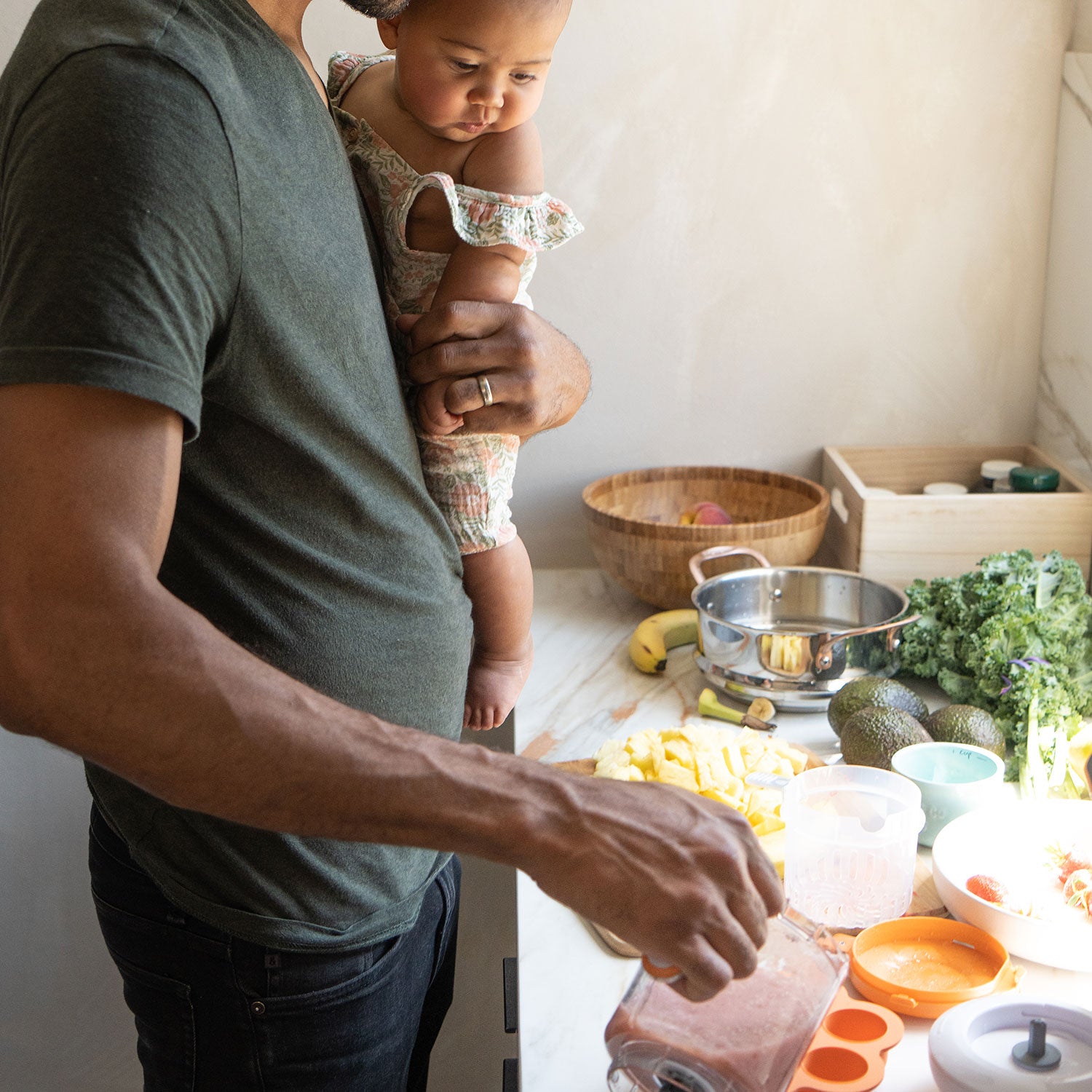
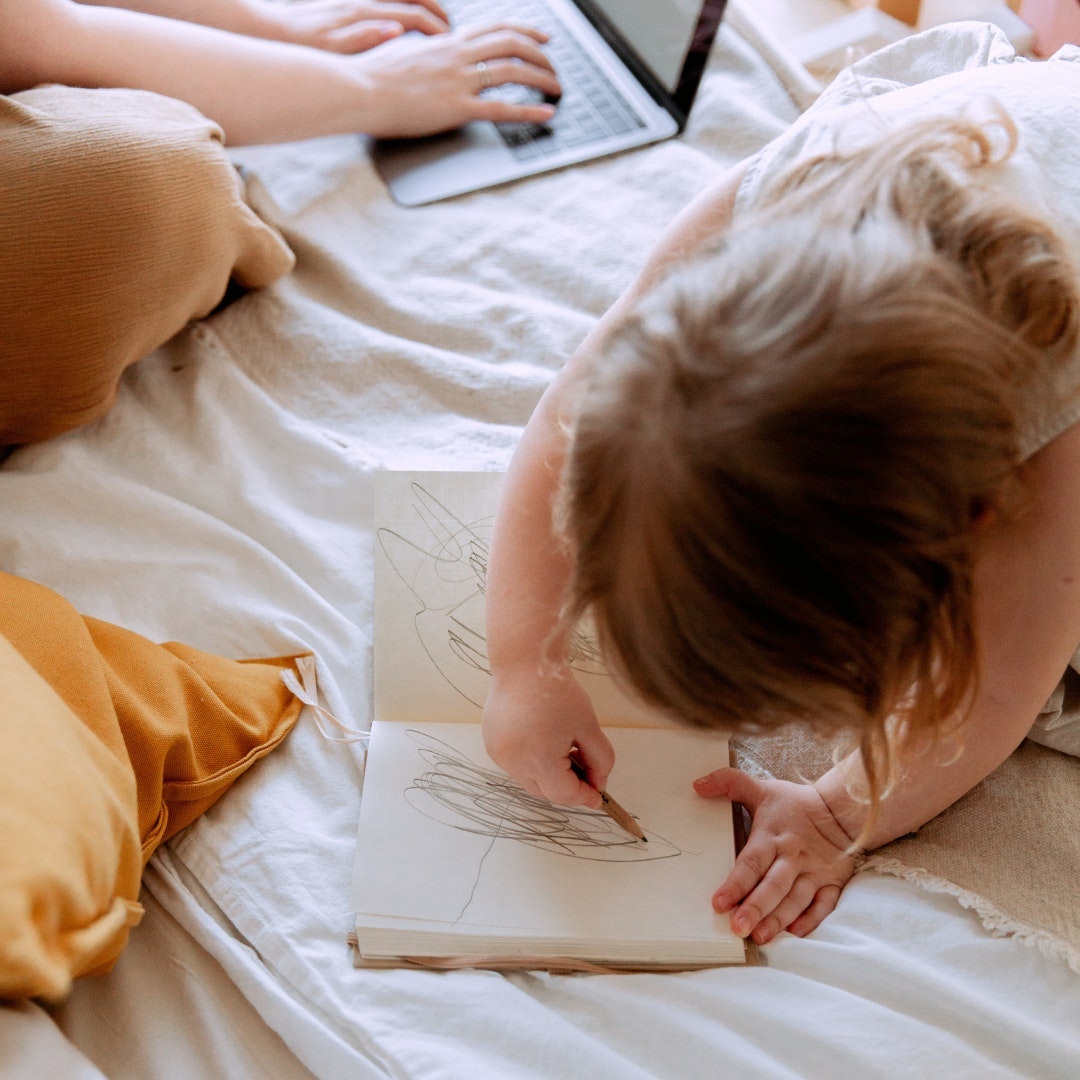
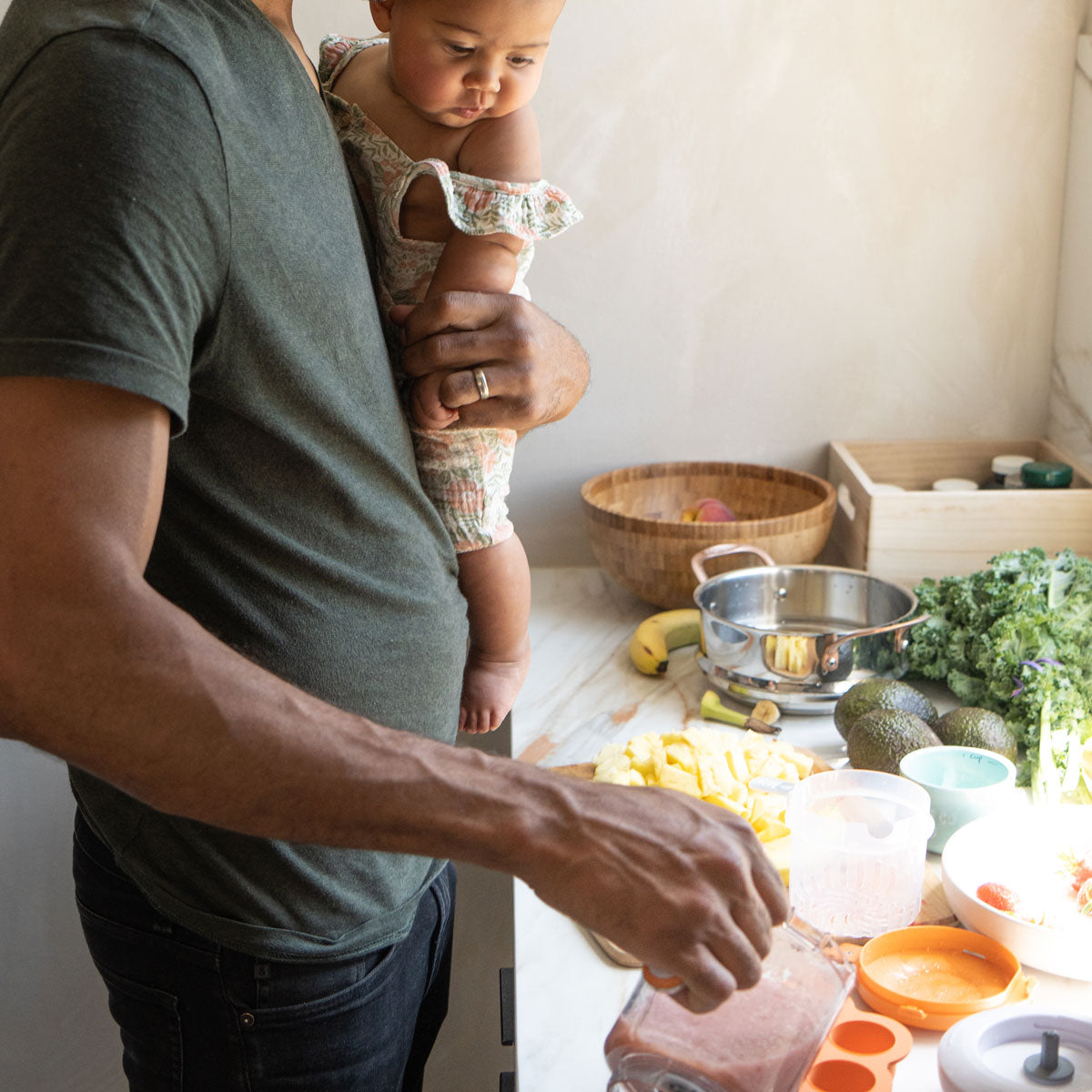
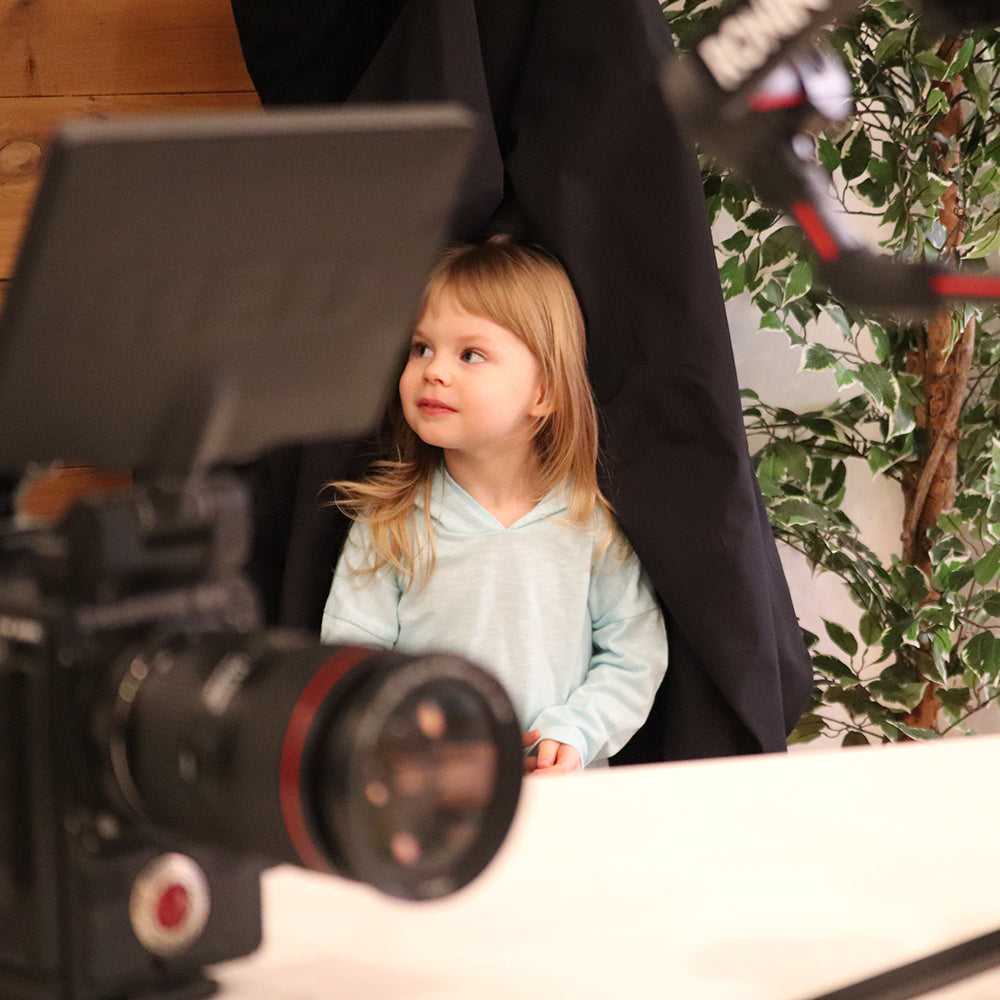
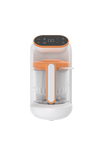
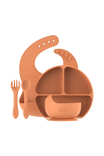
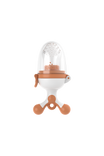
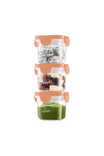
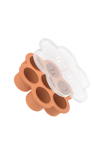
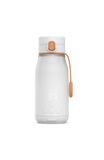
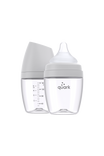
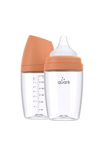
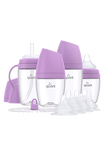
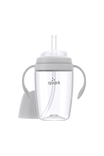
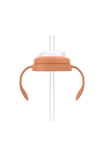
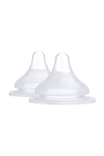
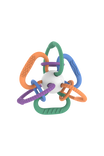
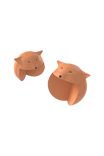
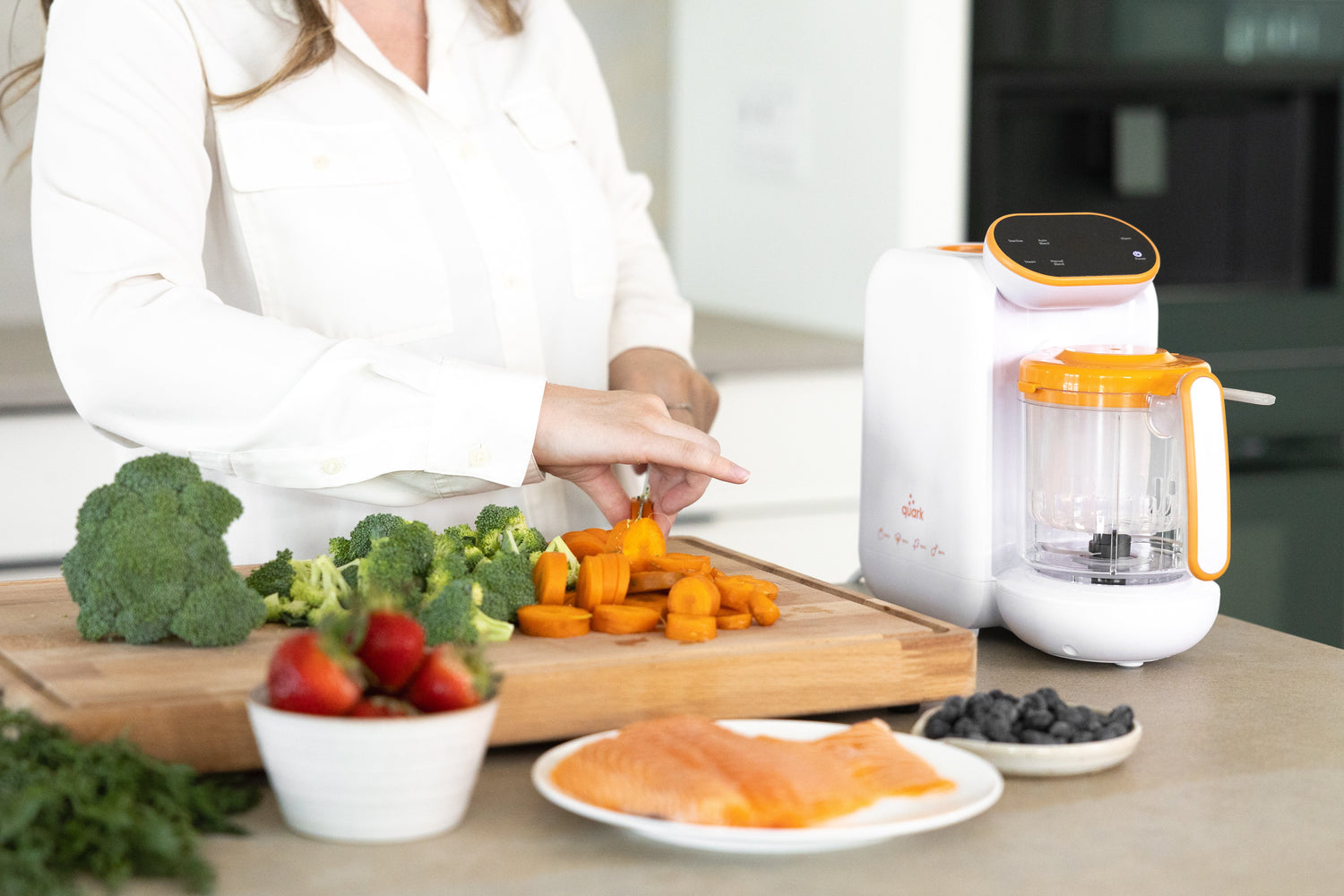
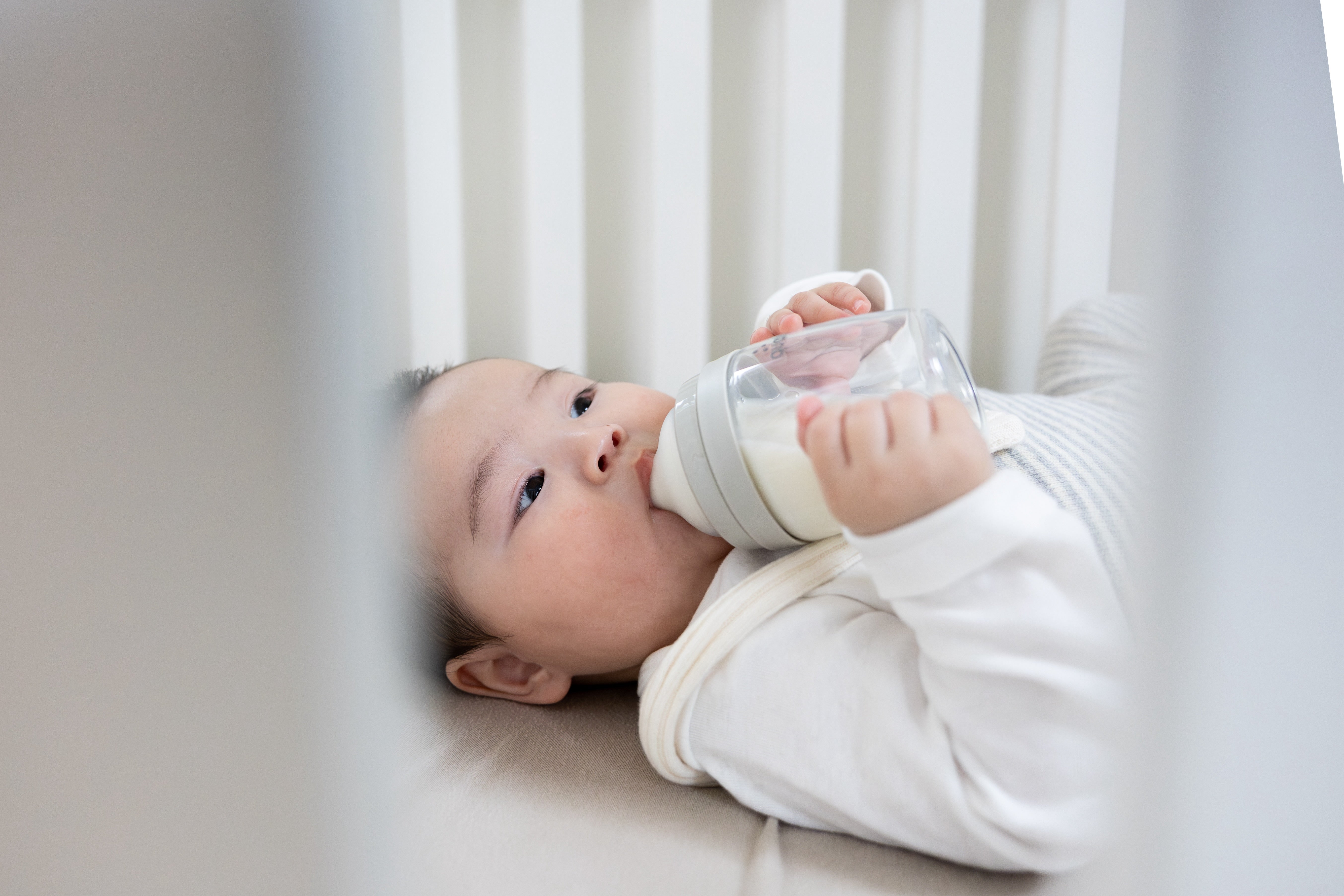
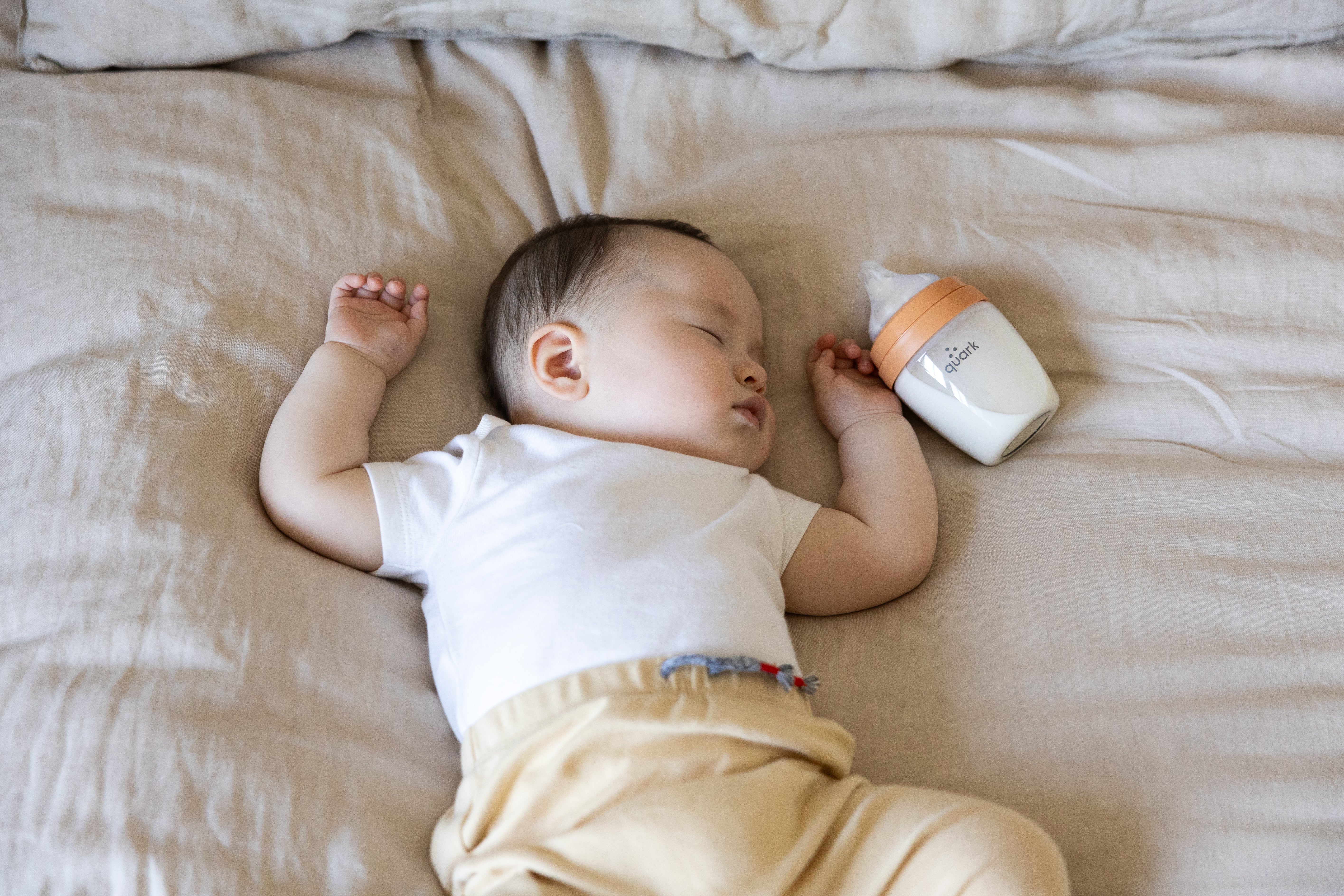
Laisser un commentaire
Tous les commentaires sont modérés avant d'être publiés.
Ce site est protégé par hCaptcha, et la Politique de confidentialité et les Conditions de service de hCaptcha s’appliquent.